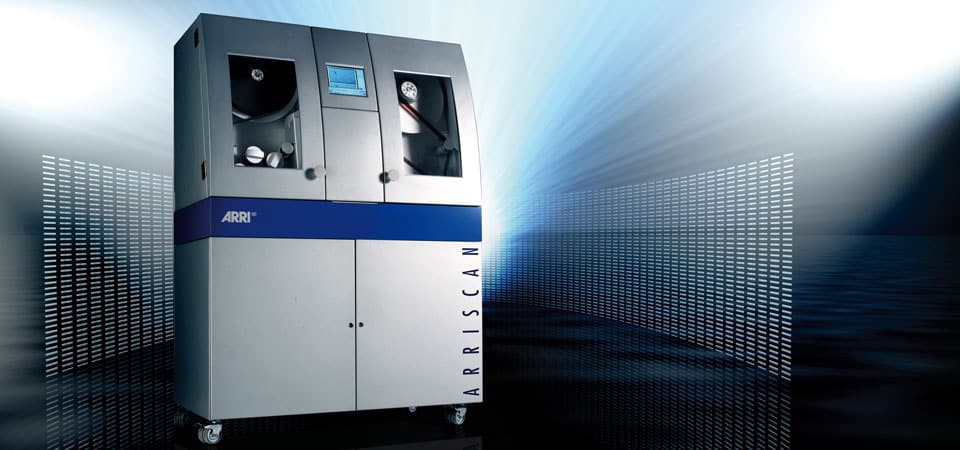4k

Dutch Light in 4K
Dutch Light was filmed on 35mm negative, which for decades was the standard technical recording format for cinema films. The film was first released in theaters in 2003, at a time when 35mm film prints were still being shown on classic, indestructible film projectors.
Since 2012, a new technical digital projection standard has been in use, and films are now projected digitally. A digital projection copy, also known as a DCP (Digital Cinema Package), has a high resolution of 2K (1998 x 1080 pixels with an aspect ratio of 1:1.85). The majority of films we see in theaters are therefore in 2K resolution. They are digitally finished, distributed, and projected this way.
However, the original 35mm film negative has much more potential than the current 2K standard. The negative contains much more information in terms of resolution, dynamics, and color range than was visible with the classic 35mm film print.
Very High Resolution
In collaboration with Digital Intermediate Laboratory Cineco, the original 35mm negative of Dutch Light was completely restored and digitized in ultra-high 4K resolution. The result is impressive. You could say it’s the best of both worlds: an analog 35mm original, finished as a Digital Intermediate in ultra-high 4K resolution of 3996×2160 (10-bit Log) pixels per frame. No more dust and perfect image stability, but still with the beauty and atmosphere of the classic 35mm analog film. What more could one ask for?
The result is impressive. The contrast range and color representation show a strong resemblance to the original. The latent quality hidden in the original film negative now fully comes into its own. However, one downside is that shortcomings, such as lens flaws, are magnified. The soft, friendly atmosphere of the film print has given way to more sharpness, more detail, and a slightly harder image. Perhaps it’s also a matter of personal taste where your preference lies.
In 2013, Dutch Light will be shown in 4K for the first time. 4K projection is only possible in a few theaters in the Netherlands. And how does it look? Compared to 2K resolution, as a viewer, you feel like you’ve just put on a new pair of glasses, and everything has more clarity. The experience of the image has more impact. Not only technically but also emotionally, it is a beautiful experience and adds value.
The paintings of the Dutch Masters, the landscapes, the detailing, the immense contrasts between light and dark—the drama that the heavy, low-hanging clouds contain—we had never seen it so beautifully in all those years.
The Technical Process
The 35mm negative has been carefully stored over the years at Cineco/Haghe Film in a dry, dust-free, and dark environment in acid-free boxes. The entire film is divided into 5 acts, each approximately 600 meters long (1 meter equals 52 frames and thus slightly more than 2 seconds). The film is 94 minutes long, which translates to 2578 meters or 135,360 frames. The film reels were first inspected by hand and then ultrasonically cleaned. Haghe Film is the only digital post-production house in the Netherlands with the licenses and equipment for this process, guaranteeing the cleanest negatives. The negative was then digitized with an Arri data scanner in 4K ultra-high resolution. Each film frame was first digitized to a resolution of 4096 x 3072 pixels. This process is done frame by frame and is extremely slow. It takes 1.3 seconds per film frame (1/24th sec). Thus, it takes 31 seconds to digitize 1 second of film. The images are saved in DPX (Digital Picture Exchange) format. Of course, this must also be done with perfect image stability. The complete file is about 12 Terabytes in size (21,000,000,000,000 bytes).
Afterward, the digital file was treated with a digital dust and scratch removal program from Eastman Kodak, called Digital Ice. The software compares the film frames with each other and accurately detects small dust particles or damages like scratches and “cables.”
On the Digital Vision Nucoda color correction system, the entire film was graded, or color-corrected, shot by shot. In this high-resolution digital domain, it turned out that a massive amount of information was present in the negative. With the original film prints and paintings shown in the film as references, a result as realistic as possible was achieved. Ultimately, the digital format was adjusted to the specifications for 4K DCP cinema projection with an aspect ratio of 1:1.85. (3996 x 2160 pixels).
The original digital sound files (in 5 acts) were reassembled and brought to the correct specifications and SMPTE 5.1 standard for mastering to DCP.
More Information on Digital Restoration, Conservation, and Mastering
Haghe Film Digitaal. https://haghefilm.nl
